Re-inventing a Lost Art – Mata Ortiz Pottery
PRIMITIVE - Friday, August 01, 2014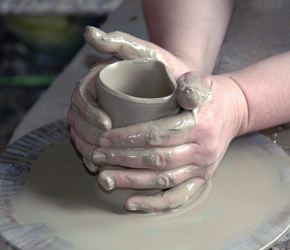 |
|
By Misaki Imagawa
In the summer before I began university, my mother started preparing for a severe case of ‘empty nest syndrome’ by taking pottery lessons. She went all in and within a few weeks decided she wanted to work at home, coming back with countless blocks of grey clay and a large potter’s wheel. Up went the plastic sheets in the guest bedroom and she was off and running. The biggest difficulty she had was keeping her hands steady. Any sudden movement (like the time I snuck up on her and made her jump) instantly turned whatever she was shaping into a distorted clump of wet clay. I saw many of her works during this time: some shaped by hand, others crafted on the wheel; some that were recognizable as plates or bowls and others that were a little more . . . inventive. My favorite was a drooping coffee mug that had a hole in the side about a third of the way up. When I pointed it out, she said “Well you try making something then!”
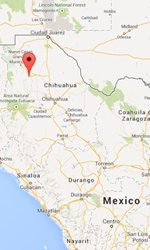 |
|
I never took her up on the offer, but I did recognize how difficult it was to craft pottery. Although she strived, my mother could never make two bowls look remotely alike in shape, size or design. This caused some trouble while trying to stack them in the kitchen cupboards, but I thought the irregularities were what made her dishes beautiful. They reminded me of ancient primitive pots – where each one was an original one-of-a-kind work of art. The art of pottery is one that grew along with the human race throughout history. Countless schools grew into prominence, branched, faded, or eventually made way for new styles; and no school better exemplifies this movement than Mata Ortiz pottery.
In the northern region of Chihuahua, Mexico is a small village called Mata Ortiz. It has a population of just over a thousand people and the predominating profession here is being a potter. However, forty years ago no one in Mata Ortiz knew the first thing about pottery – no one except Juan Quezada. As a young boy working for the railroad, Quezada spent a lot of time in the mountains collecting firewood and maguey cactus. These excursions took him close to the archaeological site of Paquime, or Casas Grande, the remains of an advanced pre-Hispanic settlement that once flourished between the 12th to 15th centuries. The indigenous people who once lived there were renowned for their pottery making skills; however, since their decline the art form was lost.
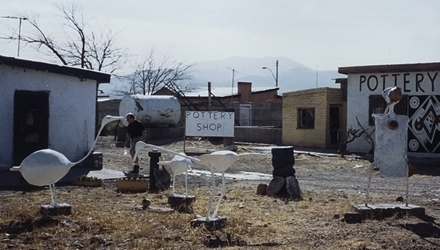 |
Quezada became intrigued by the shards or fragments of the ancient Paquime pots he found in the mountains – so intrigued he took up potting and attempted to recreate their style. It took him several years of trial and error, since he did not have any guidance beyond the pot shards. I’m sure my mother would have felt very sympathetic for Quezada at this stage, when hours of hard work end with a shattered pot after firing. This is clearly an art form for the patient and determined craftsman. After many failures and hard won successes, Quezada finally brought the Paquime art back to life. Not only that, once he achieved the basic form Quezada added some original touches of his own, spinning contemporary elements into the ancient style. Eventually, Quezada began teaching his newfound pottery skill to friends, family and anyone else who wished to learn, spreading the craft across the village of Mata Ortiz; and ultimately, his works along with those of other potters would gain extreme notoriety, especially across the border in the southwestern region of the United States. PRIMITIVE began assembling an extraordinary collection of Mata Ortiz pottery in the early 1990s, before there was even a road connecting the village to the outside world.
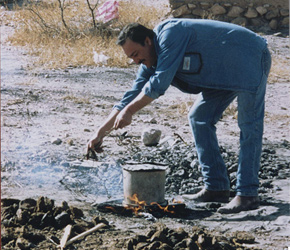 |
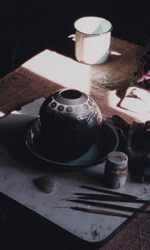 |
There are so many amazing things about Mata Ortiz pottery, but two things bear noting – the first that it is all created by hand without the use of a potter’s wheel. This is almost impossible to believe considering the pots are so light and their walls are so thin. Each piece is the perfect blend of balance and symmetry. The second unique feature is that no kilns are used in the firing process. The pots are fired in upside down garbage cans covered with cow dung or wood. Everything the potter needs is immediately available in the environment surrounding the village.
 |
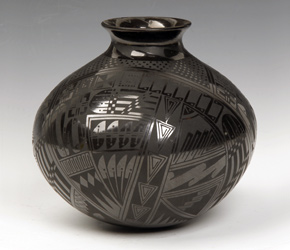 |
There are no restraints in the Mata Ortiz School. Male or female, young or old, each and every potter engages their personal creativity in their own way. Therefore, despite being rooted in an ancient tradition, Mata Ortiz pottery is an art form that is very much contemporary. No two pots are exactly alike. They vary greatly in both style and shape, in the types of clays each potter uses and in the finished glazes. Just like my mother’s bowls, Mata Ortiz pots are highly original – yet, unlike hers you won’t find any accidental holes in them!
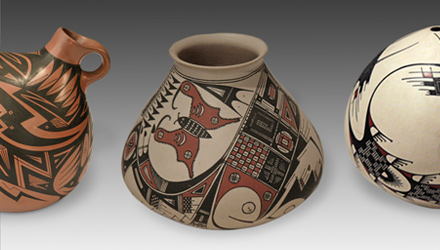
|
|
Download this Article: Re-Inventing A Lost Art.pdf